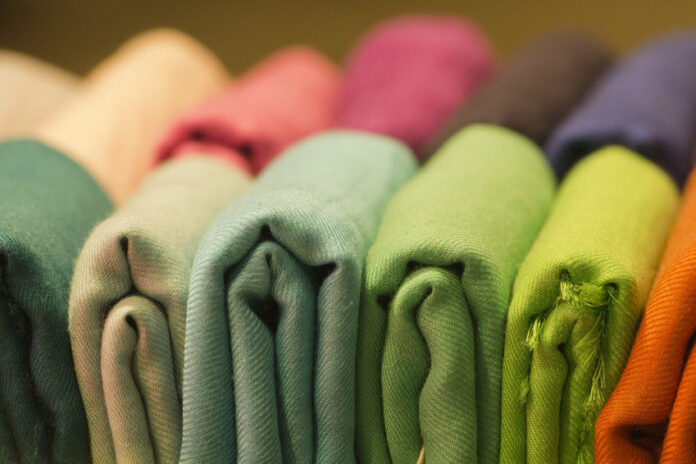With the progress in human civilization, people realized that fabric is an essential life necessity. However, not all fabrics are fit for use in all seasons. When natural fabrics could not satisfy the population’s needs, man combined various compounds to make different fabrics. These are artificial fabrics.
Both artificial and natural fabrics are used in the summer and winter seasons. One can purchase individual or bulk fabric also. But before you do, you must know which materials are best in the summer and winter.
Best Fabrics to Use in Summers
Cotton
Cotton is a natural fabric obtained from cotton plants. It is breathable with a soft and fluffy texture. Cotton is undoubtedly the best fabric for summer because it lets the air circulate and makes the heat bearable.
You’ll find cotton in both light and dark colors. As a convention, it’s best to use light colors as they reflect heat rather than absorb it.
Lawn
The lawn is another standard fabric particularly ideal for summertime use in Asian countries. It has a signature baby soft texture and is relatively easy to iron. Therefore, it makes a good pick when you have to dress up on sudden notice.
Rayon
As hinted early, some fabrics occur naturally while some are artificial. Rayon is an artificial fabric that blends cotton, wood pulp, and other synthetic materials.
Rayon is an excellent alternative to silk. Its thin fabrics make it more breathable than silk and help evade heat better. Rayon is perfect for sportswear as it has an excellent tendency to absorb sweat. However, Rayon shrinks when washed with warm water.
Linen
Linen is another summer fabric. It has a crispy yet smooth texture with loosely woven threads that help evade heat better. However, it feels stiffer than cotton and linen but doesn’t stick to the body.
It is also suitable for making pillowcases and bedsheets as it gives a soothing feel. Linen develops more wrinkles than other fabrics, but people embrace it as the fabric’s style.
Best Fabrics for Winter Season
Wool
Wool is a famous fabric used for making winter clothes. Wool is also a naturally occurring fabric as we obtain it from sheep and other furry animals. It has a smooth multi-threaded texture which maintains the body’s warm temperature.
Additionally, wool is water-resistant and works ideally in rainy and snowy weather. It is perfect for both formal and casual winter dressing as it is easily styled and offers good strength.
Fleece
Fleece has a thick texture, perfect for winter clothing. It is preferable by many people because it is inexpensive. Moreover, it is best for users who don’t like to use a water-proof upper layer.
On the lagging side, fleece is significantly challenging to wash at home. Hence, if you don’t have the strength, you’ll need to go with professional cleaners.
Polyester
Some people also use polyester as a summer fabric. However, it uses thin plastic fabrics and fits more for winter wear because it dissipates less heat.
Polyester can also work in summer for places with relatively pleasant summer weather. However, it has an excellent sweat-wicking ability but doesn’t have good breathability. Therefore, it’s best to use it in winter rather than summer.
Silk
Silk has a slippery texture and produces a whispery sound when you rub it together. It is more suitable for formal wearing, as it doesn’t retain its folding. If you like to fold your sleeves, they will not stay in shape but slip down.
Moreover, it has a minimum sweat-absorbing tendency and is not breathable. Therefore, it’s best to use in winters when you don’t have to worry about sweat staining your dress.
The Bottom Line
Clothes are an essential commodity. With the advancement, man developed various fabrics for different seasons. Some materials are best for winters, while others make an excellent summer wear.
When choosing a fabric for summer, you should go for more breathability, absorbency, and smoothness. In comparison, the coarser materials work for suitability for winter dressing.





